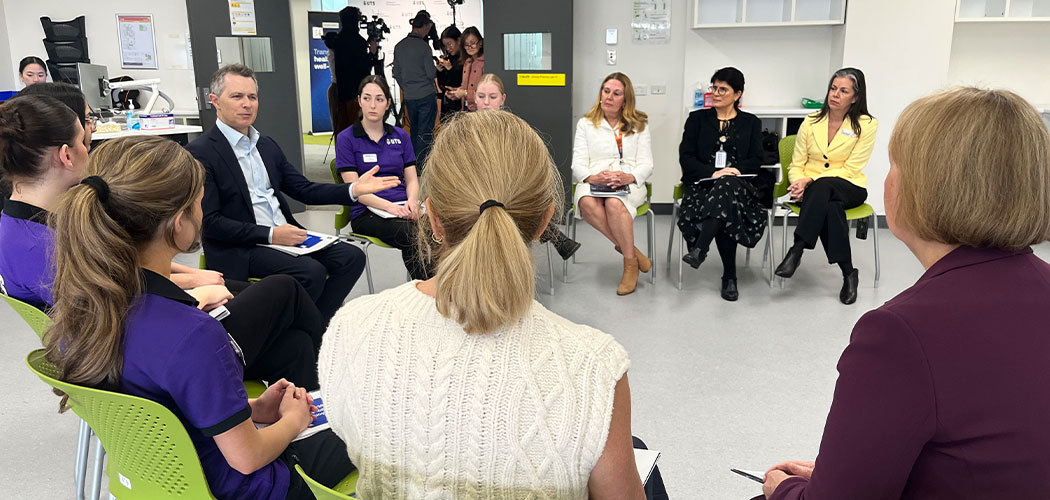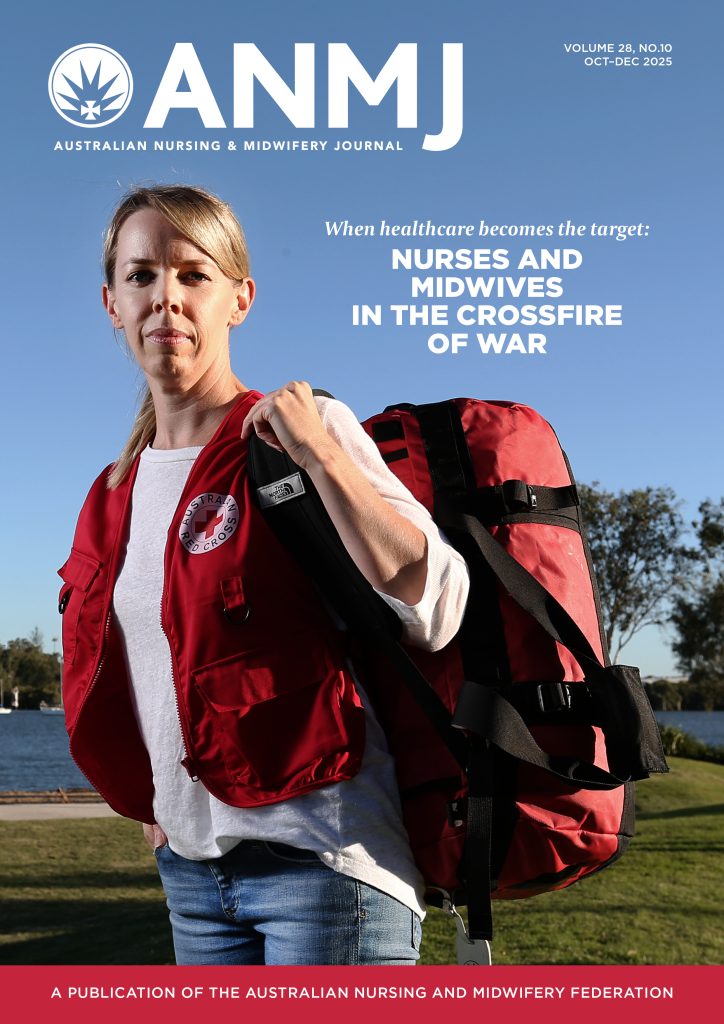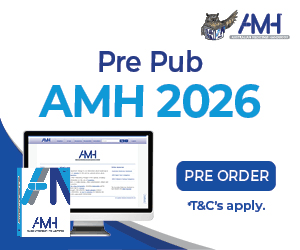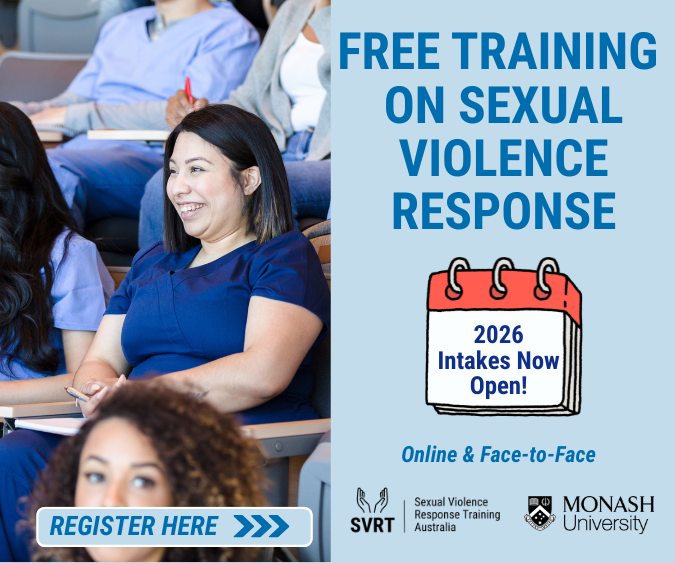Nursing and midwifery students across Australia have welcomed the introduction of the $331.65 per week Commonwealth Prac Payment, which came into effect earlier this week.
At a press conference at the University of Technology Sydney (UTS) yesterday, Education Minister Jason Clare met with students set to benefit from the financial support while undertaking their mandatory clinical placements.
Iranian refugee Dorsa, who is studying midwifery, said the payment would provide significant financial relief.
“Obviously, this Commonwealth Prac Payment will make the difference between surviving through the practical part of our degree to just enjoying it and being able to learn while we’re undertaking our practice,” she said.
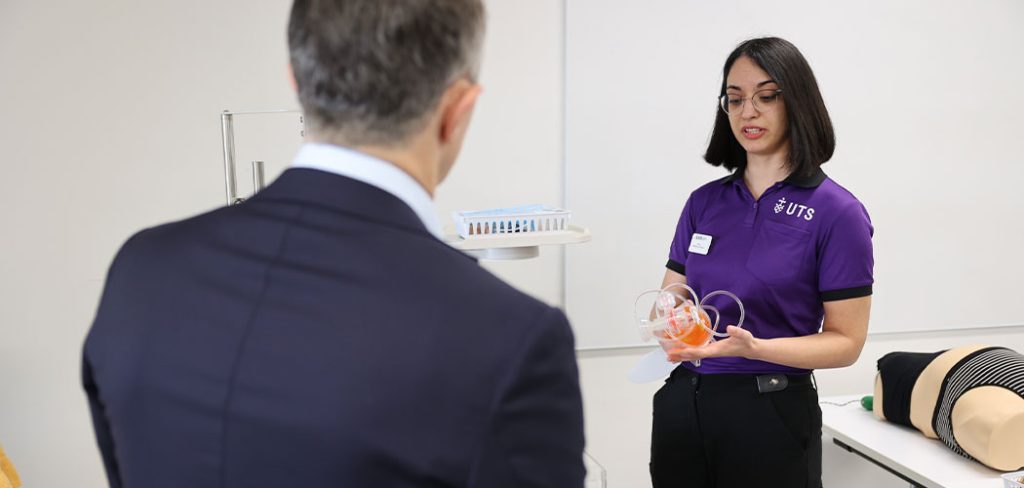
UTS’ Head of School of Nursing and Midwifery, Kathleen Baird, said the payment would help many students complete their studies and enter the professions.
“This initiative will provide much-needed financial support to our students during their clinical placements,” she said.
“It will help to ease the burden they face while they gain the practical skills required. Their dedication, resilience and compassion are the foundation of the future of nursing.”
Minister Clare said the paid prac for nursing, midwifery, teaching and social work students, a key recommendation of the Universities Accord report, would help them complete their degrees.
“When I got this job a couple of years ago, I remember talking to some nursing students who talked to me about placement poverty. It was something that I hadn’t heard of before,” he said.
“Now I understand. And it’s because of the stories that they told me.
There’s a lot of nursing students who work in our hospitals right now as assistants in nursing, and it’s a part-time job where they’re getting paid to work in a hospital while they’re studying here at university. But a big part of their degree is also prac, practical training. And it’s something like 800 hours of practical training that they have to do as part of their degree.
“And often that prac will happen at the same hospital where they’ve got a part-time job, but while they’re doing their prac, they can’t do that job. So, they’re working in the same hospital, but they’re no longer being paid. And that’s what placement poverty looks like. It means that you don’t have the money that you ordinarily would have to pay the bills, to pay for parking, pay for public transport. And it can make life harder.
“The end result of that is that some students who start a degree, like nursing or teaching, don’t finish it. For some students, prac also means you have to move away from home to do it. And that can make life more difficult as well. It can mean giving up your part-time job because you’re not living around the corner while you’re doing the practical training.”
To find out more about the Prac Payment and if you’re eligible, read the ANMF’s FAQs here


